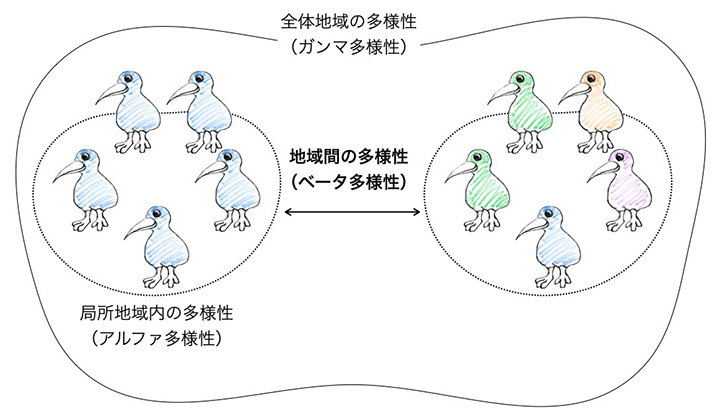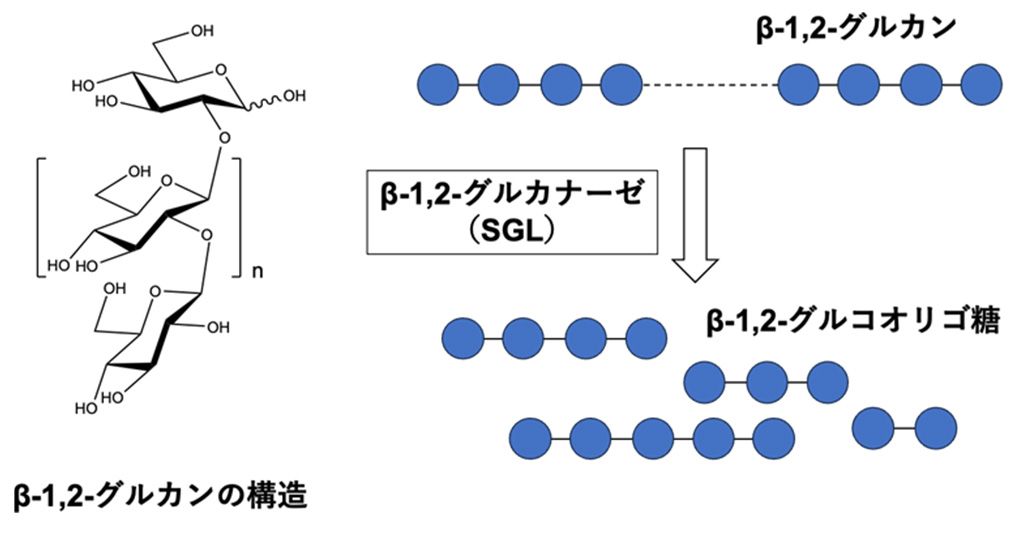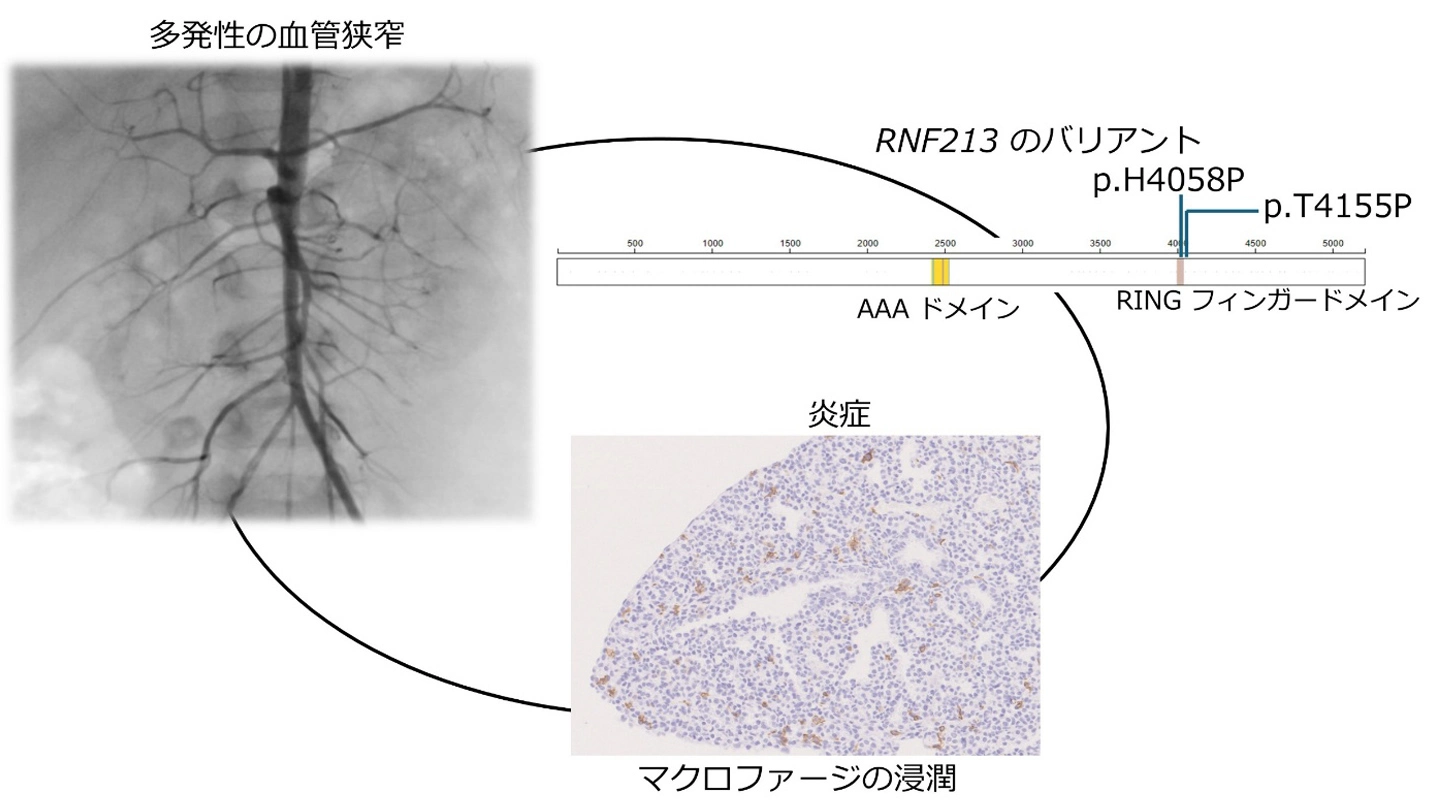2025-06-11 理化学研究所,京都大学

<関連情報>
- https://www.riken.jp/press/2025/20250611_1/index.html
- https://nsojournals.onlinelibrary.wiley.com/doi/10.1002/ecog.07737
種非依存性の仮定に基づく確率的群集モデルにおけるJaccard非類似度 Jaccard dissimilarity in stochastic community models based on the species-independence assumption
Ryosuke Iritani, Vicente J. Ontiveros, David Alonso, José A. Capitán, William Godsoe, Shinichi Tatsumi
Ecography Published: 04 June 2025
DOI:https://doi.org/10.1002/ecog.07737
Abstract
A fundamental problem in ecology is understanding the changes in species composition among sites (i.e. beta-diversity). It is unclear how spatial heterogeneity in species occupancy across sites shapes patterns of beta-diversity. To address this question, we develop probabilistic models that consider two spatial or temporal sites, where presence probabilities vary both among species and between the sites. We derive analytical and approximate formulae for the expectation of pairwise beta-diversity. Using a graphical tool, stochastic incidence plots (SIPs), which depict the presence probabilities in two sites along species labels, we develop a means to conceptualize the heterogeneity in presence probabilities: the steepness or unevenness of SIPs reflects species-level heterogeneity, while the degree of overlap between SIPs indicates site-level heterogeneity. We find that when SIPs completely overlap (i.e. two sites have the same presence probability for each species), flat SIPs – with all species having the same presence probability – maximize the expected beta-diversity. We refer to this prediction as the ‘transfer principle for beta’. Second, using SIPs and the probabilistic method in a two-species scenario, we demonstrate that beta-diversity is lower when SIPs are parallel compared to when they are anti-parallel. We also find that this prediction is consistent with the well-known checkerboard pattern in incidence matrices. Finally, we apply the method to the species distribution models for five woodpecker species in Switzerland, showing that their spatial distributions will change significantly. Overall, this work improves our understanding of how pairwise beta-diversity responds to occupancy heterogeneity.


